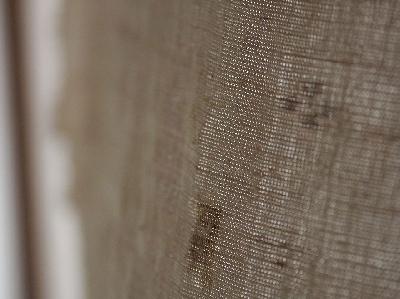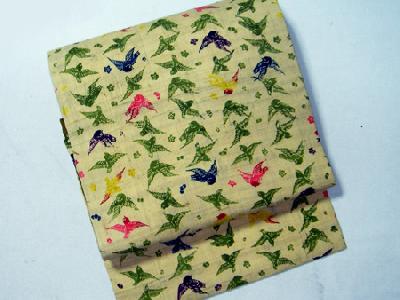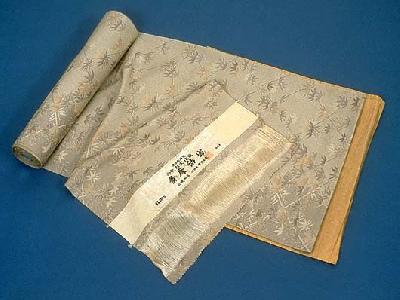|
Yaeyama joufu (high-quality ramie) fabric is woven on Ishigaki Island, Okinawa. The small dark-brown 'kasuri' (scratched) patterns against the white background on this material give a very refreshing look.
In the early 17th century, the Satsuma clan invaded Ryukyu (Okinawa) and imposed taxes on the Okinawans. Many people were made to weave fabric to be sent as tribute to their rulers, hence the development of the Yaeyama joufu technique.
After regulations were abolished at the end of the Meiji period, the craftworkers organized guilds and Yaeyama joufu became a popular cottage industry.
The materials for the ramie and the many kinds of dye are all natural, and are turned into beautiful fabric by the hands and wisdom of the people. The cloth is dried in the May sun and the dyes are fixed by seawater.
Many people love this high-quality ramie because it suits the subtropical climate: it is refreshing and light enough to to let air pass through.
In the early 17th century, the Satsuma clan invaded Ryukyu (Okinawa) and imposed taxes on the Okinawans. Many people were made to weave fabric to be sent as tribute to their rulers, hence the development of the Yaeyama joufu technique.
After regulations were abolished at the end of the Meiji period, the craftworkers organized guilds and Yaeyama joufu became a popular cottage industry.
The materials for the ramie and the many kinds of dye are all natural, and are turned into beautiful fabric by the hands and wisdom of the people. The cloth is dried in the May sun and the dyes are fixed by seawater.
Many people love this high-quality ramie because it suits the subtropical climate: it is refreshing and light enough to to let air pass through.
| [+ADDRESS] | 
|













